Su embroidery (苏绣, Suzhou Silk Hand Embroidery Art) is the general name of embroidery products in Suzhou, the traditional folk arts. It is one of the four famous embroideries in China and was listed as one of the national intangible cultural heritages in 2006.
The origin of Suzhou embroidery is in the area of Wu County, Suzhou, and now it has been widely distributed in Wuxi and Changzhou. Embroidery is inseparable from silk reeling, so it is also called silk embroidery. The Qing Dynasty was the heyday of Suzhou embroidery, with many different styles and famous embroiderers emerging.
Su embroidery has a unique style with beautiful patterns, exquisite ideas, meticulous embroidery, lively stitching and elegant colors, and strong local characteristics. The most famous Su embroidery is from Zhenhu town, and about 80% of the Su embroidery products come from Zhenhu.
History of Su Embroidery
Su embroidery is an art of intertwining and blending between cloth and thread, with the needle as the traction. If Chinese painting is an art on paper, then Su embroidery is art on cloth.
Suzhou embroidery has a history of over 2,000 years, and it is said that the first embroidered clothes were made by "Nu Gong (女红)", the granddaughter of Zhongyong.
In ancient times, Taibo and Zhongyong, sons of King Tai of the Zhou Dynasty, came to the area of Suzhou and established the State of Wu. When Zhongyong became the ruler of Wu, he wanted to break the bad custom of the locals to break their hair and tattoo, so he discussed with the elders.
Unexpectedly, their discussion was overheard by his granddaughter Nu Gong, who was sewing. She was listening while sewing and got distracted, her hand was stabbed by a needle and a small drop of bright red blood immediately soaked into the fabric and gradually spread into the shape of a small flower.
Therefore, Nu Gong was inspired to embroider a scaled dragon on the clothes. In order to commemorate the inventor of embroidery, folk people still call women engaged in weaving, sewing, embroidery, and other activities "Nu Gong".
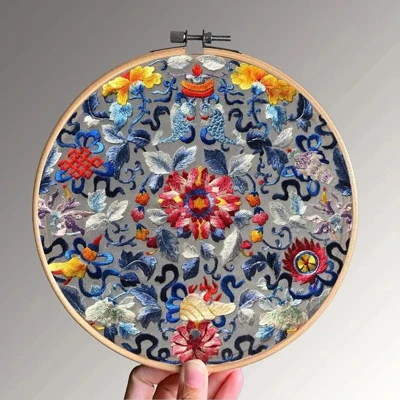
The history of Su embroidery has been recorded in the Three Kingdoms period. At that time, it was already applied to clothing in the state of Wu. Not only that, this kind of traditional embroidery could also record various geographical information on cloth, like modern military mapping.
Sun Quan has ordered the sister of Prime Minister Zhao Da to hand embroider the "Map of the Kingdoms", embroidering the mountains, rivers, and the counties on the square brocade, thus having the saying of "embroidering all the countries in one brocade".
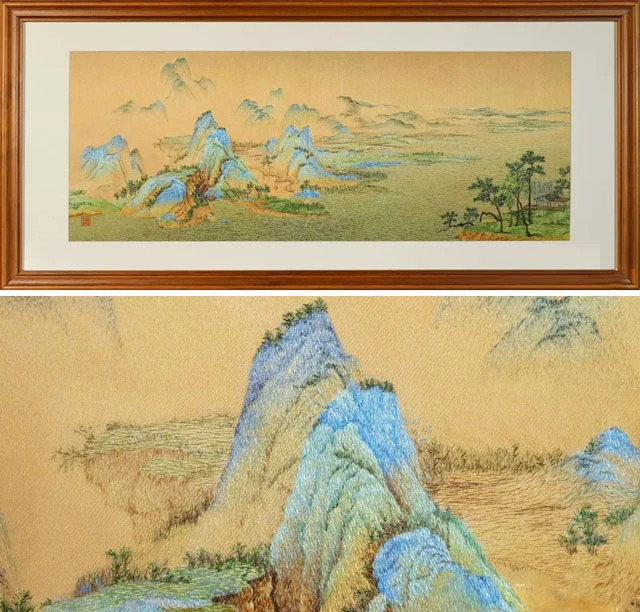
Su embroidery works "A Thousand Li of Rivers and Mountains"
During the Sui and Tang dynasties, the patterns of Su embroidery were mainly flowers, plants and birds, while peony patterns were the most admired, forming a chic style and elegant charm.
The Ruiguang Pagoda and the Huqiu Pagoda in Suzhou, built during the Northern Song Dynasty, have both unearthed fabrics with Su embroidery, which are the oldest Suzhou embroidery objects found so far. According to historical records, since the Song Dynasty, Suzhou's embroidery techniques flourished and the craft became increasingly sophisticated.
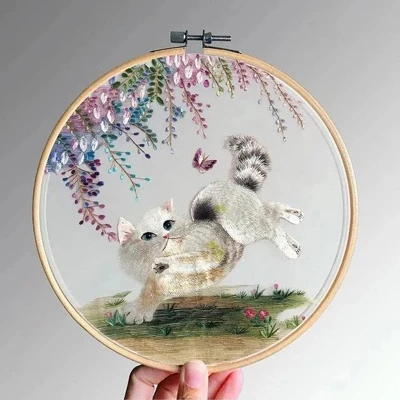
During the Ming dynasty, Suzhou embroidery reached an unprecedented height. The emergence of masters of the Wu school of painting, such as Tang Yin and Shen Zhou, not only promoted the development of painting, but also provided a wealth of embroidery patterns for embroidery.
During the Qing Dynasty, Suzhou embroidery was famous for its "fine and elegant" work, and Suzhou was known as the "embroidery city" at that time. In the middle and late Qing dynasty, the Su embroidery technique was further developed, with the emergence of beautiful "double-sided embroidery", and there were more than 65 embroidery businesses in Suzhou alone.
Modern Development of Su Embroidery
Features of Su embroidery:
- "Flat" refers to the spreading of the embroidery surface;
- "Neat" refers to the neatness of the edges of the pattern;
- "Fine" refers to the delicate use of needles and fine embroidery lines;
- "Dense" means that the lines are tightly arranged without revealing stitches;
- "Harmonious" means that the colors are appropriate;
- "Glossy" means that the luster is dazzling and the colors are sharp;
- "Smooth" means that the softness of the silk line;
- "Uniformity" means the lines are fine and even, and the sparseness and density are consistent.
Whether it is landscapes, birds, animals, or characters, exquisite Su embroidery techniques can make them reach the realm of lifelike. Traditional Su embroidery is mostly based on brushwork Chinese paintings. But nowadays, Su embroidery can use traditional techniques to present almost all the subjects and styles that are expressed in painting and photography.
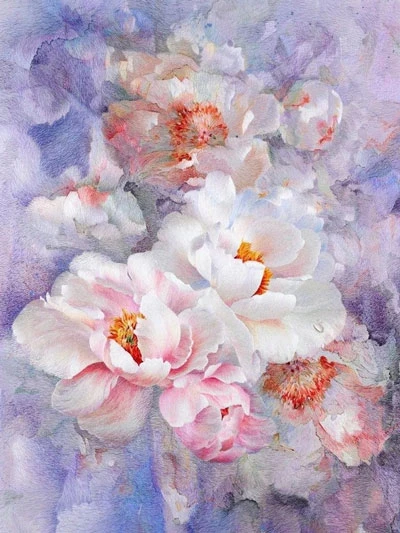
Whether as daily items or as art appreciation pieces, Su embroidery works are of high artistic value. What is even rarer is that these works also have profound cultural value, as a traditional handicraft skill, Su embroidery is closely integrated with traditional culture and becomes an important part of it.

On November 15, 2018, a huge Suzhou embroidery screen "Magnolia Fragrance" was exhibited at the main venue of the first China International Import Expo.
A good piece of Su embroidery artwork is a perfect combination of craftsmanship and artistry, and the artistic effect condensed in the work becomes an important criterion to identify Su embroidery crafts and artworks. The combination of pure traditional culture and modern fashion will make the intangible cultural heritage not a distant history in the museum, but a carrier of the most exquisite traditional culture around you and me.
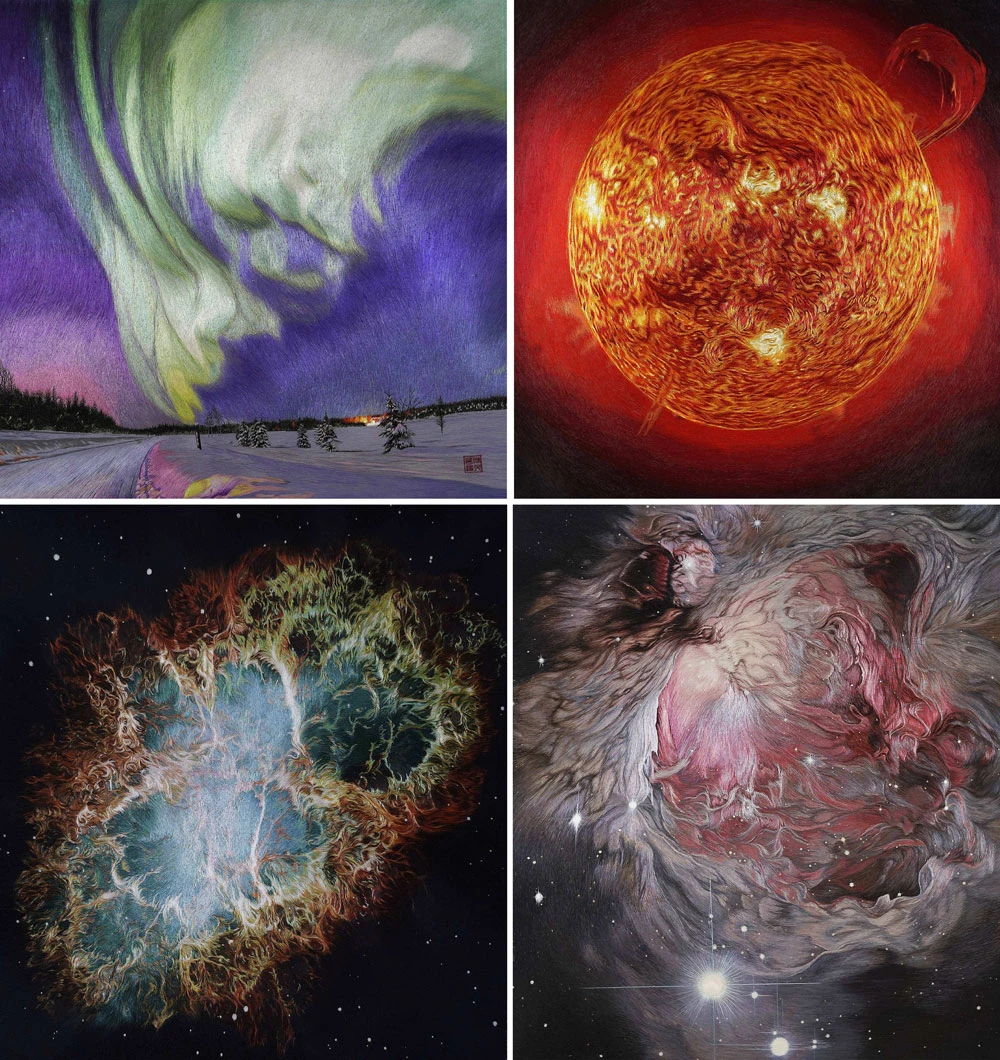
Ms. Chen Yinghua's Su embroidery works
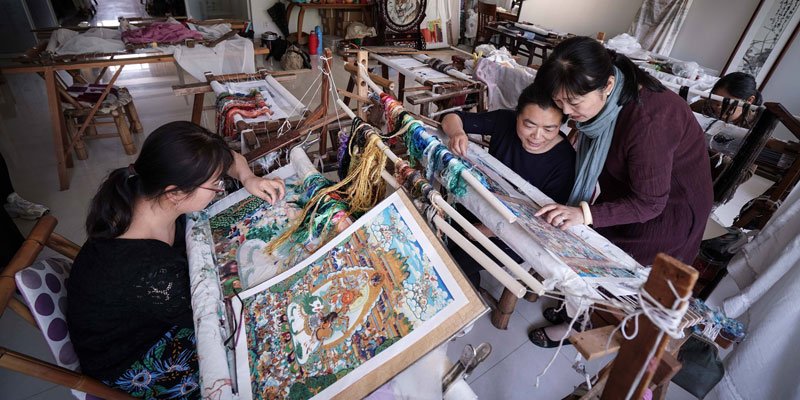
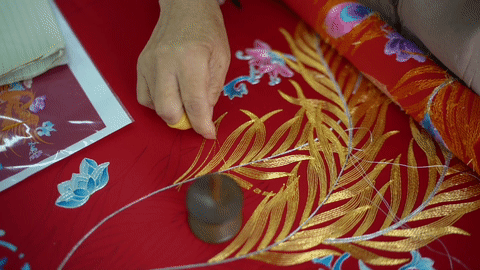
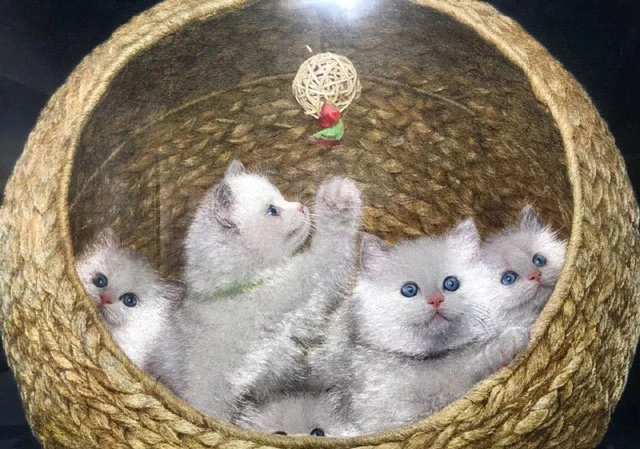
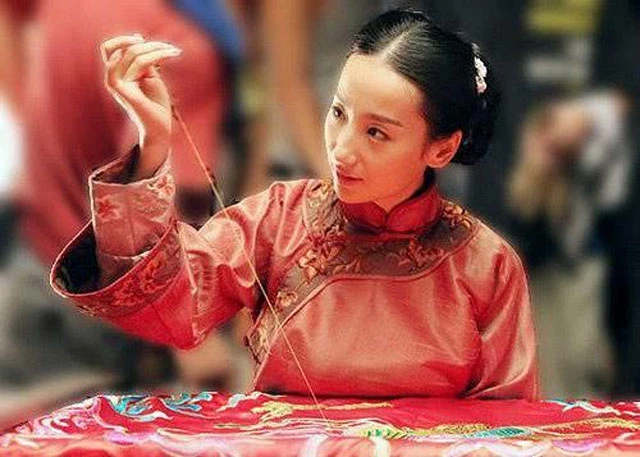
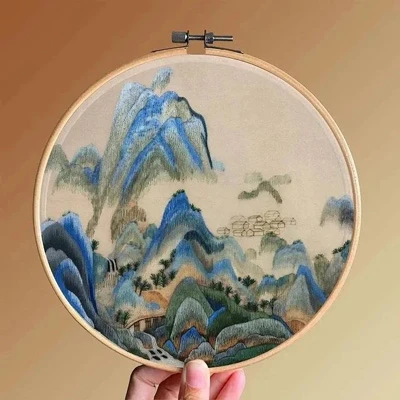
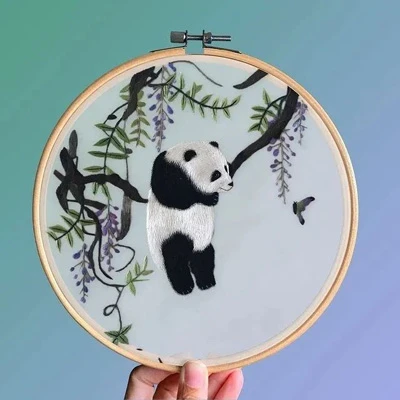
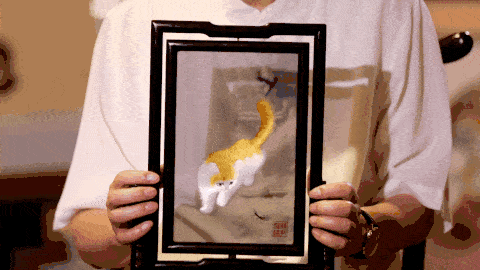

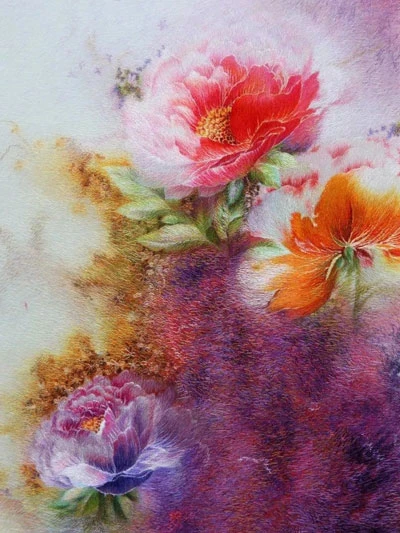
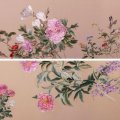
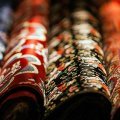

amazing😍😍
Amazing
Wow bordir yang sangat indah😎😍